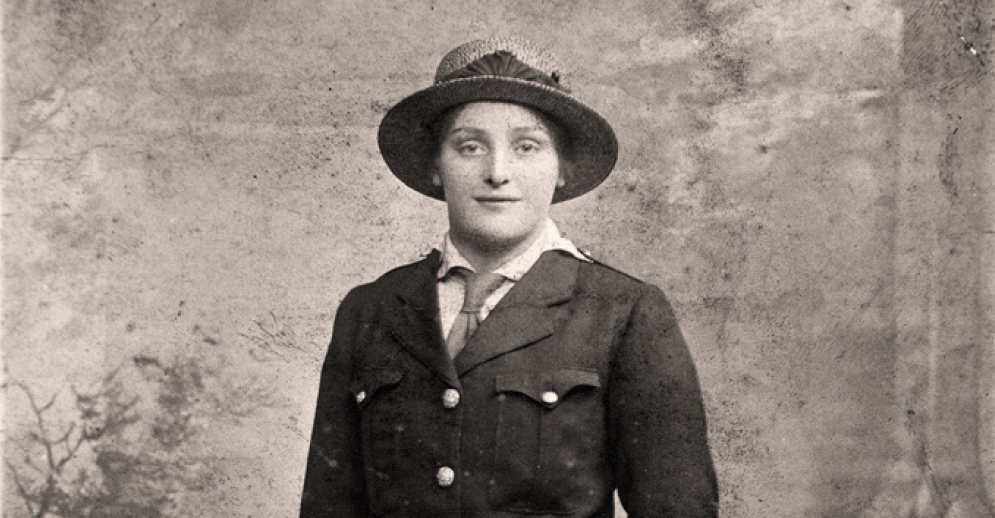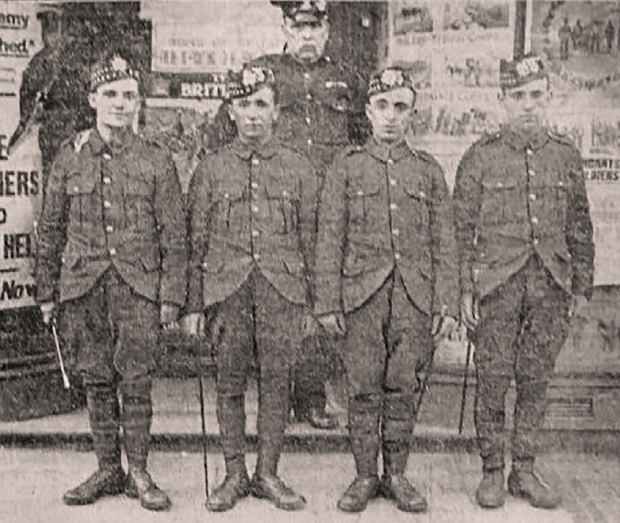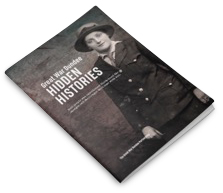Great War Dundee
This is Dundee's story of those that served in the First World War, and of the people left at home
Dundee Hidden Histories

When we think of World War One our first thought is of the men that committed themselves to the cause and the certain risk of death or serious injury. Indeed 30,490 or 63% of eligible Dundee men did just that. What were the stories behind those men? And what of the those left behind; the nation was at war and while that was the case life at home was completely different.
When we think of World War One our first thought is of the men that committed themselves to the cause and the certain risk of death or serious injury. Indeed 30,490 or 63% of eligible Dundee men did just that. What were the stories behind those men? And what of the those left behind; the nation was at war and while that was the case life at home was completely different.
The output of the project is 10 stories following up on the Ambassadors research. The stories highlight the mixed success and frustrations of researching the lives of individuals. But among the stories we also see a glimpse of social change at home brought about by the war as well as the determination of brave men to fulfil their duty and those who bravely stood against the war. Here’s a taste of those stories.
Dundee Bantams

There were standards in the army about suitability to join. Fitness was the primary concern but there was also a minimum height requirement. The social pressure to sign up as well as the genuine patriotic desire to do so lead many to volunteer as soon as the call up was broadcast. Imagine then the disappointment if you were said to be too small to join the army. The Dundee Bantams follows the story of the new contingent of Royal Scots: all 100, 5’3″ or less, known as a ‘bantam battalion. Read the full story in Great War Dundee Hidden Histories.
Dundee’s Great War Tram Conductresses
With men away at the front employment opportunities for women opened up. The period also provided an opportunity for the advancement of women’s rights.
It might seem incredible today to think of women not working on the buses but prior to 1914 this was definitely not the case on Dundee trams. But as the War continued and more men signed up, the trams became increasingly understaffed. Despite this, the City’s Tramways Committee refused to consider employing women, instead they opted to extend the working week of the remaining workforce to plug the gap. In contrast, by 1915 women were employed on Edinburgh, Glasgow, and Aberdeen trams.
It wasn’t until February 1917 that Dundee Council finally and somewhat reluctantly granted permission for the Tramways Committee to employ women. Pictured above is Agnes Anderson modelling her new uniform. Agnes was among the first female conductors on Dundee trams. She would have been relieved when her new employer also agreed to pay women on the same basis as men in similar roles. Read the full story in Great War Dundee Hidden Histories.

Get your copy
Download your FREE copy of Great War Dundee Hidden Histories. Hard copies of the book are also available in Dundee Libraries.
